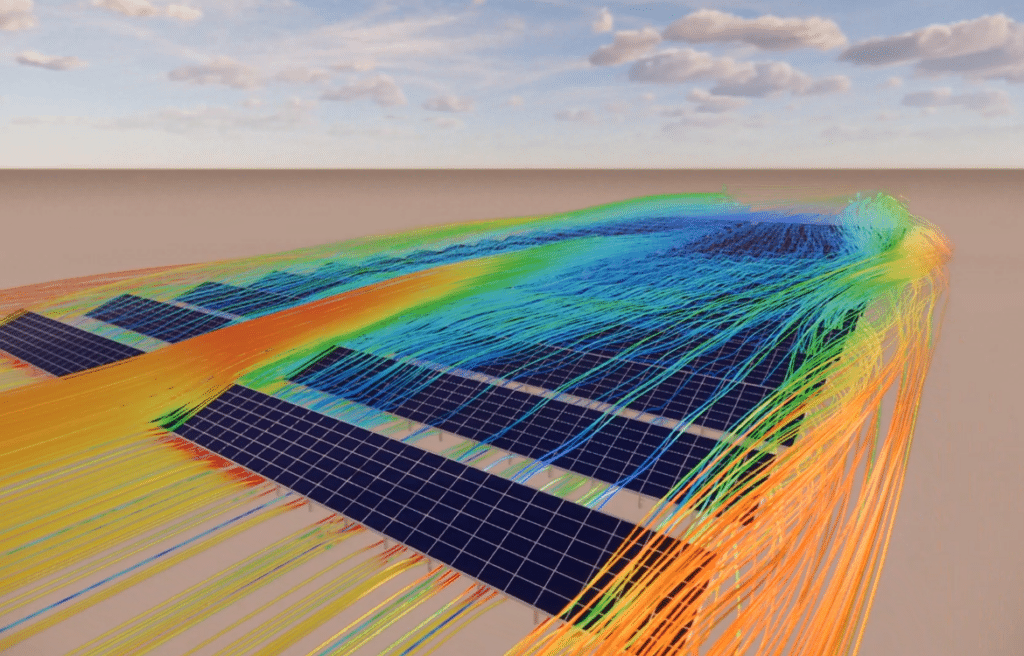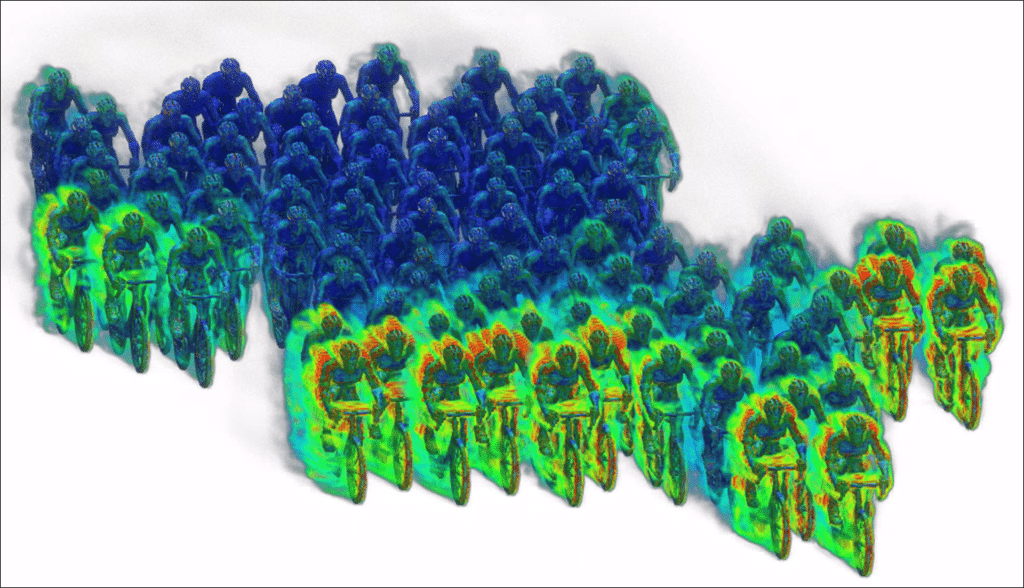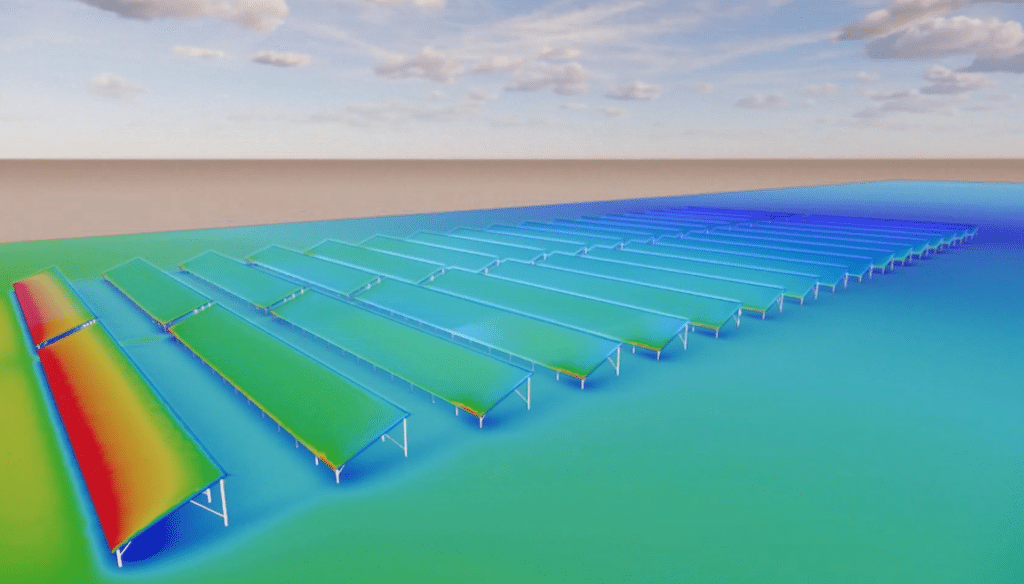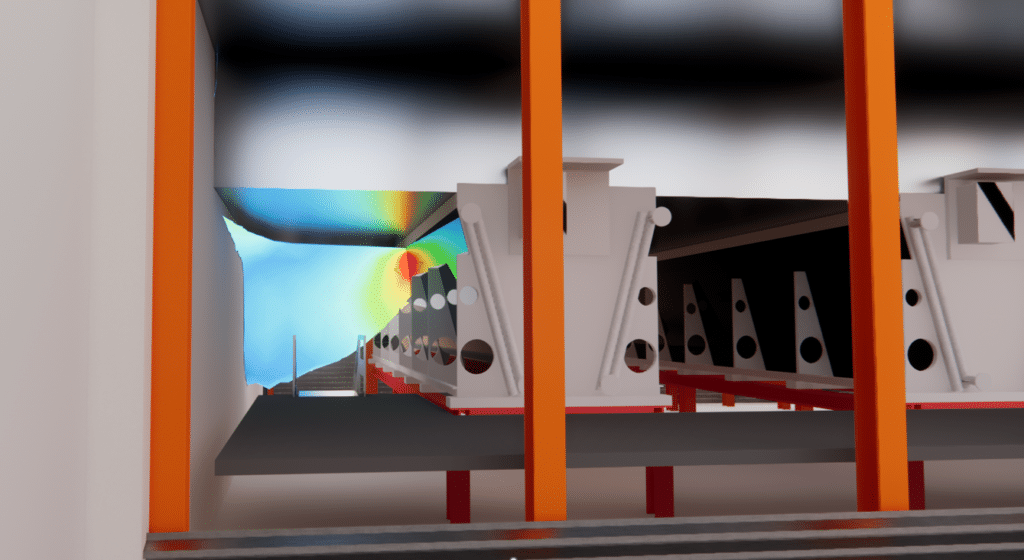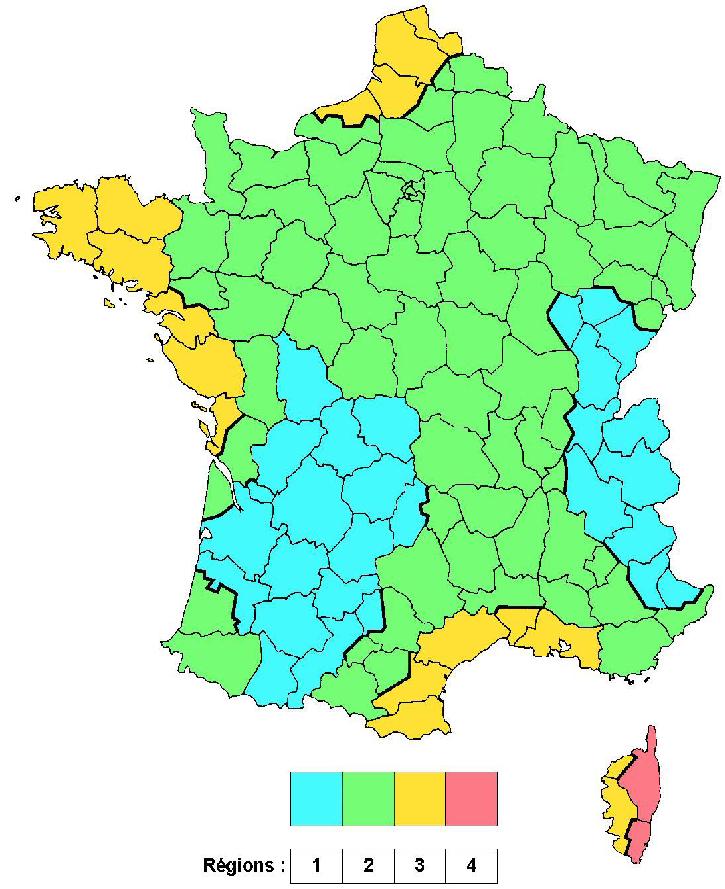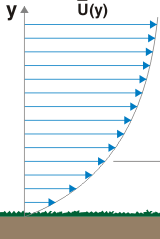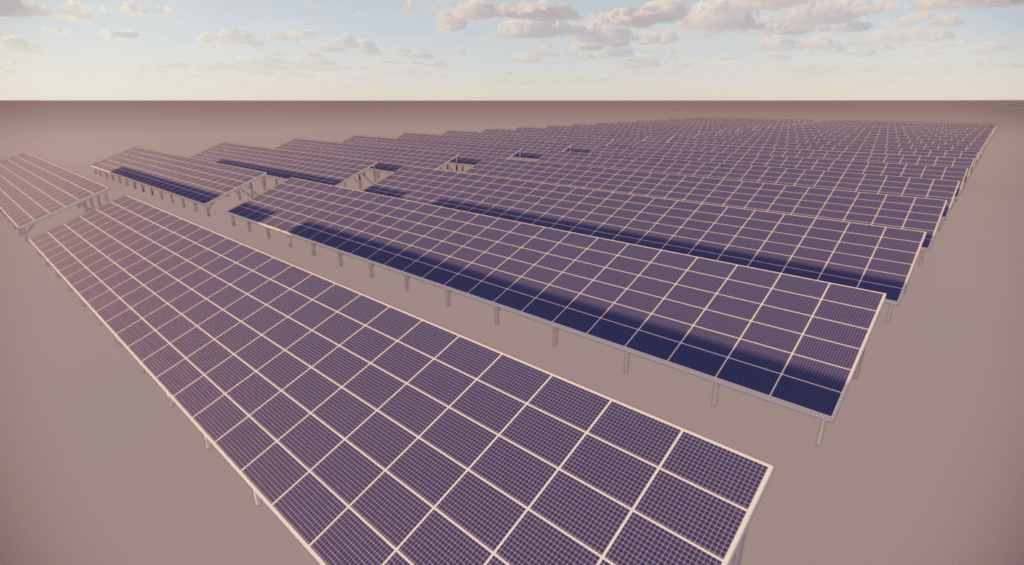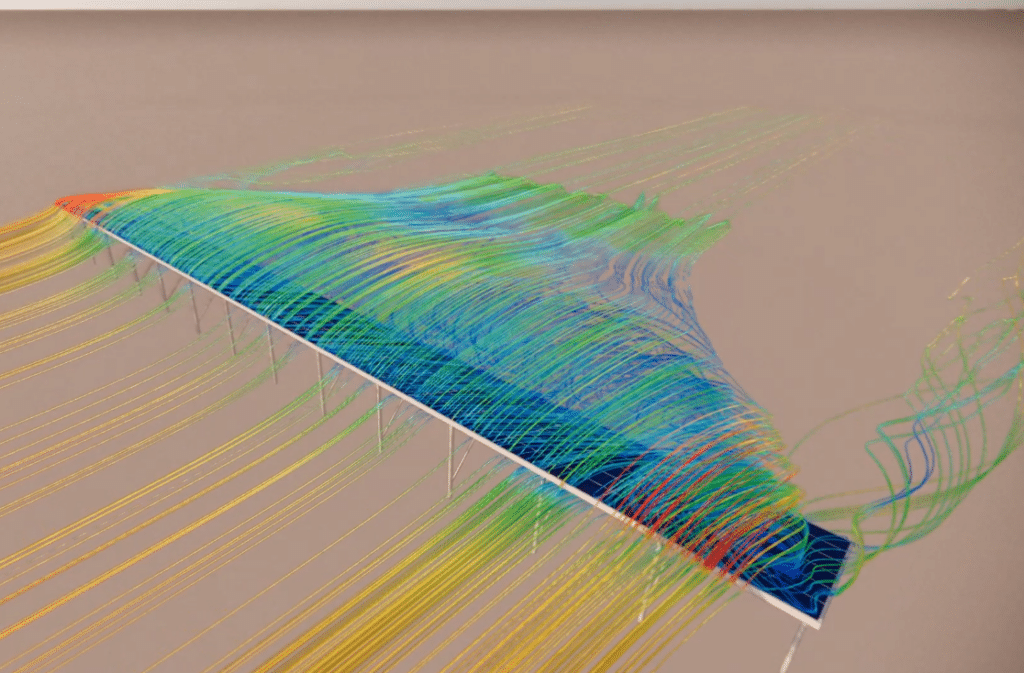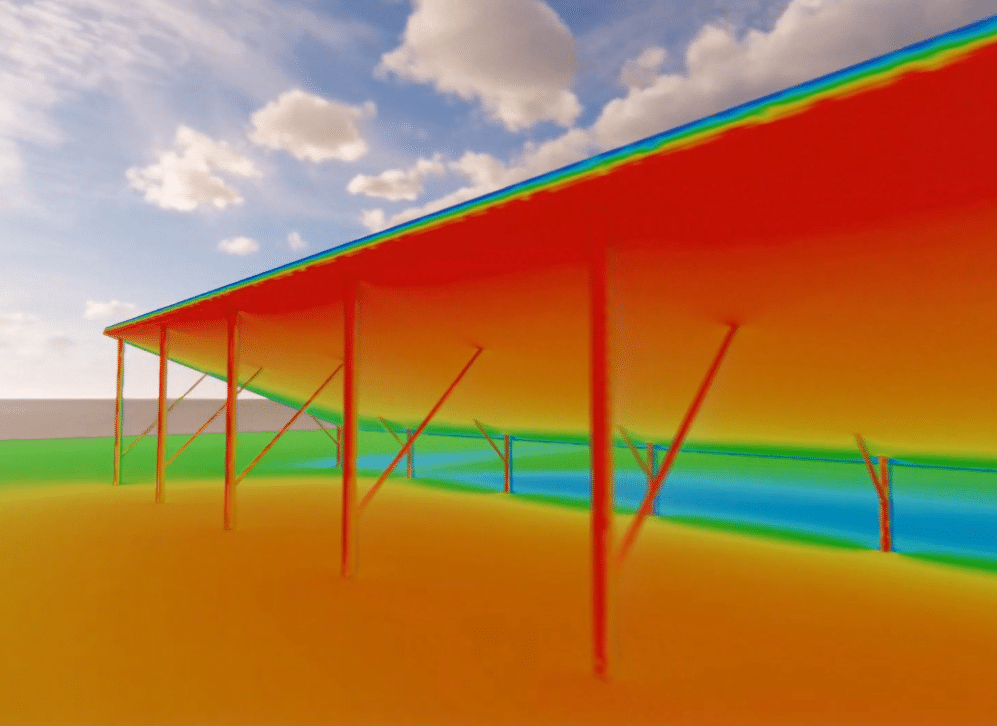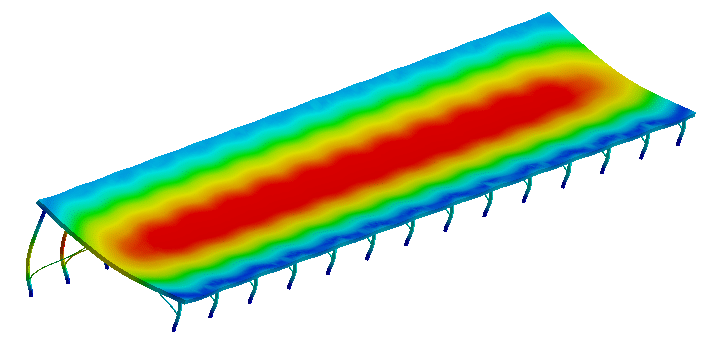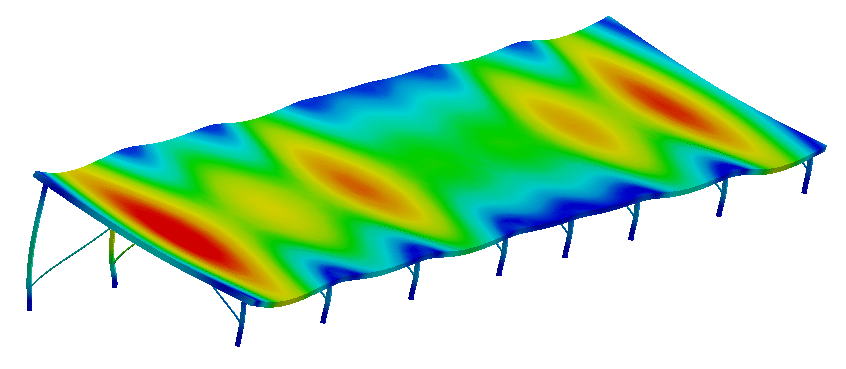Home » Air & Wind » Simulation of wind pressure on buildings – Eurocode 1 » Impact of wind on a solar power plant
Impact of wind on a solar power plant
Optimization of solar power plant design through CFD study of wind pressures
An in-depth study of wind pressure was carried out on a solar power plant, with the aim of optimizing panel design and reducing the tonnage of steel used, while meeting local requirements. Using EOLIOS’ CFD (computational fluid dynamics) expertise, advanced simulations were carried out to assess the forces exerted by the wind in different configurations.
This detailed analysis enabled us to propose tailor-made solutions, guaranteeing optimum strength and stability of the solar panels, while optimizing the use of resources and complying with current local standards. This study of wind pressure is a crucial step towards improving the efficiency of solar power plants, reducing their costs, ensuring their sustainability and minimizing their environmental impact.
Study of the impact of wind on a solar power plant
Year
2024
Customer
NC
Location
Montpellier
Typology
Air & Wind
Continue navigation :
Our other projects :
Latest news :
Technical file :
Our expertise:
Numerical wind modelling for the solar power plant
Wind models used
ent, based on Eurocode 1 standard EN 1991-1-4. This approach makes it possible to determine the maximum stresses to which structures would be subjected in the event of strong wind, so that solar power plant components can be sized accordingly, thus limiting the risk of damage in adverse weather conditions. The wind model used takes into account the variability of wind with altitude, taking into account factors such as geographical location, local orography, season and direction coefficients, type of surrounding terrain and turbulence intensity.
This multi-factor model, based on Eurocode 1 data, guarantees accurate results that comply with regulatory requirements. To get a complete picture of the loads exerted by wind on solar panels, different wind directions were taken into account in the study. Analysis of these different configurations has enabled us to identify the most critical scenario in terms of wind pressure, so that we can adapt the design of our structures accordingly.
Geometry and modeling of the photovoltaic power plant
To guarantee accurate simulations, the geometry of each solar panel in the photovoltaic power plant was meticulously modeled in 3D. This approach enabled us to run simulations that faithfully reflected reality, taking into account the position of each panel in relation to the others. This made it possible to visualize and analyze the aeraulic masks formed by the layout of the panels, i.e. the areas where the wind is disturbed or hindered by the presence of the panels.
CFD study for the design of a photovoltaic power plant
Carrying out a CFD (computational fluid dynamics) study on a photovoltaic power plant offers several significant advantages. Firstly, CFD enables detailed analysis of wind flows around solar panels, which is essential for understanding the forces exerted on the structures. By providing an accurate representation of aerological conditions, CFD can be used to assess the mechanical stresses on solar panels and surrounding components.
Furthermore, although approximate standard values can be obtained for simple geometries from datasets such as Eurocode 1, it is often necessary to take into account a more precise geometry. more precise geometrythe impact of number and arrangement of panelsand other case-specific parameters.
The CFD approach therefore enables us to better understand the influence of these factors on air flows and therefore on the pressures generated.
Finally, the CFD study enables us tooptimize the design of the photovoltaic power plant by identifying areas of greatest loadby proposing appropriate solutions to reinforce the structure, and by helping to sizing elements for optimum durability and performance..
Results of CFD studies on the solar power plant
Calculating wind forces and pressures
In this CFD study of a photovoltaic power plant, we were able to obtain precise data on the pressures exerted at all points on the structures. Thanks to this information, a detailed map of average pressures per zone on the solar panels was generated. Pressure coefficients were also calculated for each of these zones, enabling us to obtain variations in mean pressure as a function of wind speed.
The overall forces exerted on each structure due to wind-generated pressures were also calculated. To achieve this, the effects of pressure on the lower and upper surfaces of the solar panels were taken into account, combined and integrated on the surfaces to obtain an overall force. The point of application of this force is also determined, which is crucial to understanding how these forces are transferred and supported by the feet of the solar panels.
This force and pressure information provides invaluable information for dimensioning structures and support elements according to the mechanical stresses induced by wind pressure, in order to guarantee the stability and durability of the entire structure.
Impact of solar panel position and wind direction
In this CFD study of a photovoltaic power plant, we were able to obtain precise data on the pressures exerted at all points on the structures. Thanks to this information, a detailed map of average pressures per zone on the solar panels was generated. Pressure coefficients were also calculated for each of these zones, enabling us to obtain variations in mean pressure as a function of wind speed.
The overall forces exerted on each structure due to wind-generated pressures were also calculated. To achieve this, the effects of pressure on the lower and upper surfaces of the solar panels were taken into account, combined and integrated on the surfaces to obtain an overall force. The point of application of this force is also determined, which is crucial to understanding how these forces are transferred and supported by the feet of the solar panels.
This force and pressure information provides invaluable information for dimensioning structures and support elements according to the mechanical stresses induced by wind pressure, in order to guarantee the stability and durability of the entire structure.
Mechanical study for optimized solar structure design
Thanks to precise data on the forces and pressures generated by the wind on the solar power plant, it is possible to carry out mechanical studies to optimize the dimensioning of structures. In particular, these studies help determine theoptimum thickness of the solar panel support or feet, or the optimum number of feet, while ensuring sufficient rigidity to withstand wind-induced loads.
By optimizing these parameters, we first ensure that the photovoltaic power plant is capable of withstanding the strongest winds, thus guaranteeing the safety and durability of the installation. In addition, by minimizing the amount of raw materials required without compromising the and functionality of the structurewe can also achieve significant significant savings.
This translates not only into economic benefits for solar power plant operators, but also into environmental benefits by reducing the carbon footprint associated with the materials used.
Continue on this topic
Video summary of the study
Video study summary - Wind pressure on a solar power plant
Discover other projects
Study of aeraulic comfort – Middle school
Wind comfort study – Rooftop
Wind impacts on high-rise buildings: Tours Olympiades in Paris
Comfort – Rooftop of a palace – Casablanca
Tour Liberté – La Défense
Impact of wind on a solar power plant
Cooling towers – ICPE
Pedestrian comfort study – La Défense
Confort au Vent – PSG training center
Wind study – La Défense
Fine particle capture in a metro station
Sharaan by Jean Nouvel resort
Air coolers – Critical study – Heat wave
Fine dust measurements
Balenciaga – Wind potential

